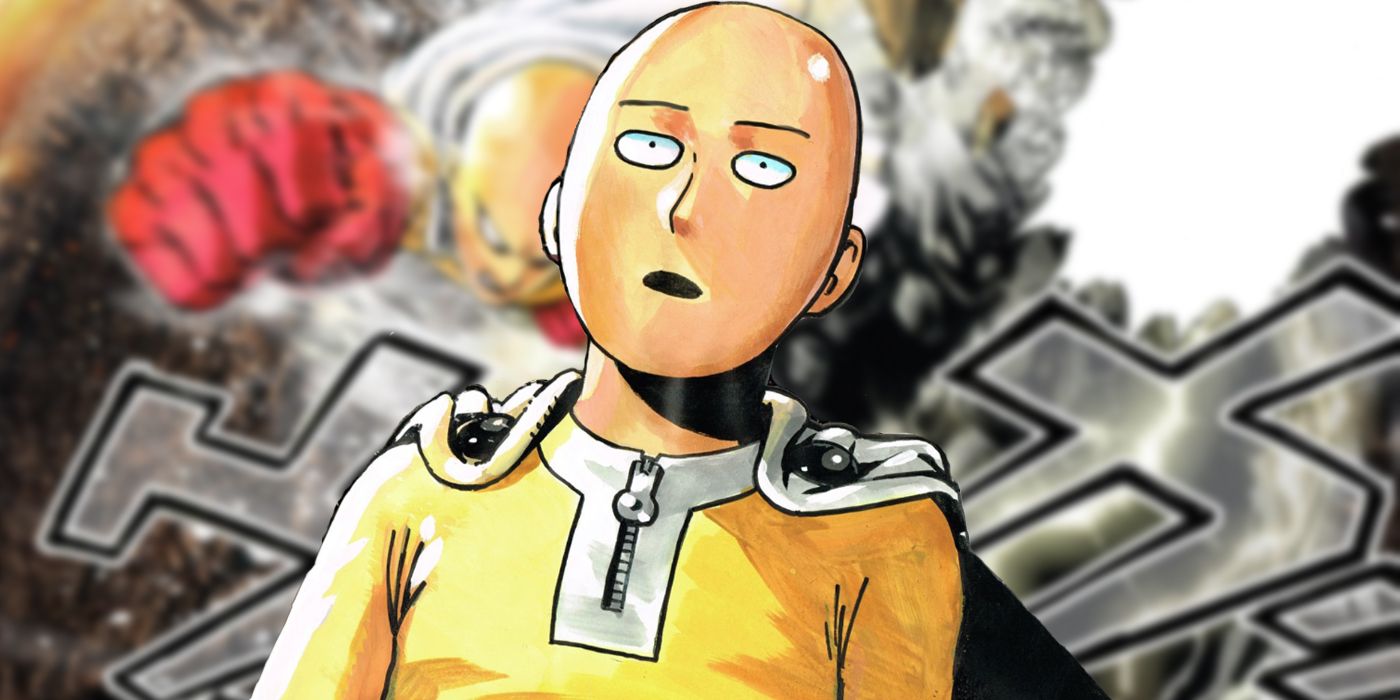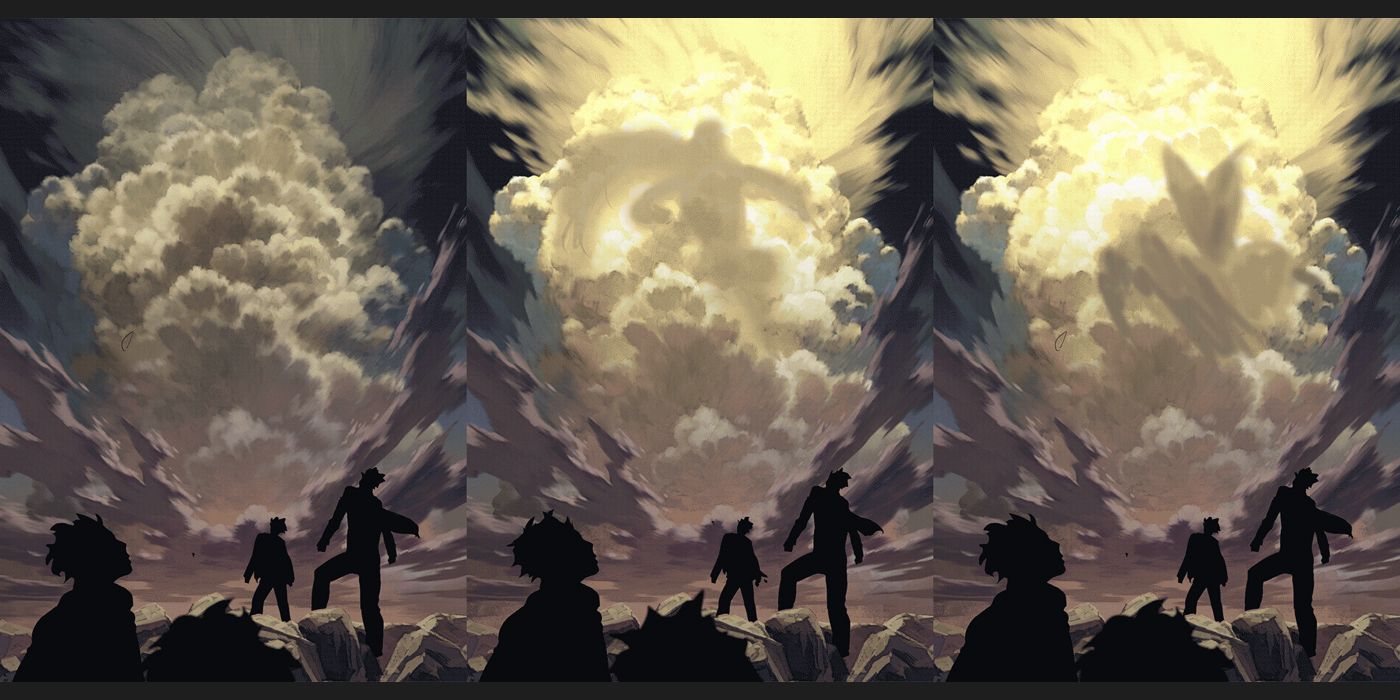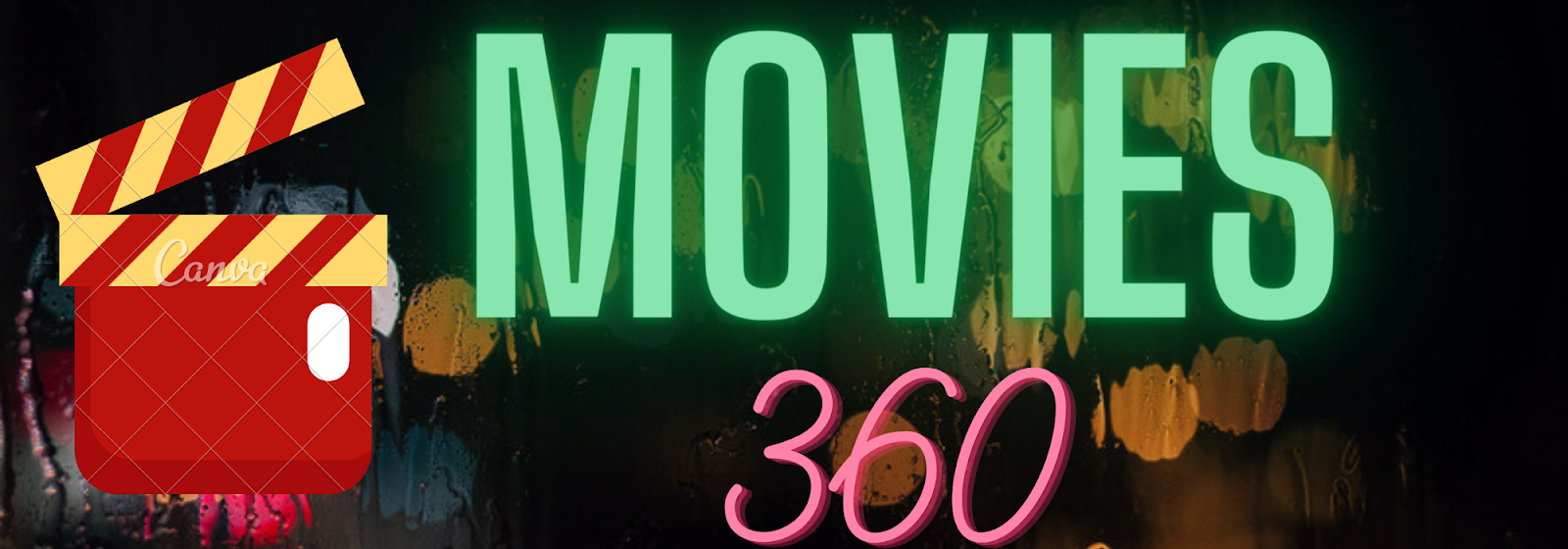
Warning: contains spoilers for the latest chapter of One-Punch Man
To emphasize the sheer power on display in the latest chapter of One-Punch Man, the series' artist Yusuke Murata chose to include a colored page of Saitama and Garou's massive fight. But this wasn't just a static image; the colored page is actually an animated GIF, and this isn't the first time Murata has used One-Punch's digital release platform to go beyond what a printed manga can do. That leaves a big question for fans, though: how should One-Punch Man best be experienced?
Most fans know by this point that One-Punch Man began as a webcomic, written and drawn by the series' creator ONE, before being adapted with professional, detailed artwork by Murata in 2012. The manga also began its run as a digital series under the Shonen Jump brand, and set to work bringing the webcomic's characters to life in a beautiful new form. Like many modern manga artists, Murata doesn't work alone; he has a team of assistants who help with filling in details and drawing backgrounds. Murata and his team also have significant animation experience, which they've put to work creating special animatics apparently just for fun in the past.
Chapter 165 (by Japanese numbering) features a number of double-page splash panels, as well as the previously mentioned colored and animated panel. Other recent chapters have included a massive, color splash of One-Punch Man's mysterious evil God--the color helping to emphasize his otherworldly nature--and some oversized pages, utilizing the "infinite canvas" that digital artwork offers, but that's obviously difficult to maintain in print form. Murata seems to enjoy pushing the boundaries of what's possible, with early chapters of One-Punch Man featuring fights with attacks that take place slowly, over a series of double pages, creating a flipbook-style effect. Chapter 21, for example, had many color pages and flipbook segments depicting the giant meteor's descent and the heroes' attempts to stop it. When it came time to publish, however, the color pages were reduced to black and white, and the flipbook pages were cut down to only a few essential "frames" to get the idea across.

Generally, the collected paperback volume (sometimes referred to as a tankobon) is considered the authoritative version-- often because mistakes have been fixed between its magazine debut and the tankobon release. For One-Punch Man, however, many of these special segments are flat out unprintable, and others will require so many compromises as to reduce their impact on the reader. At this point, it's safe to say One-Punch Man and its art simply wasn't meant to be consumed in paperback form. In fact, making these changes for print plays a role in why One-Punch Man's chapter releases are often so erratic, as Murata and his team occasionally redraw pages and adjust others to prepare them for print, meaning they're unavailable to work on new content.
Ultimately, fans may have to face the fact that there really isn't a definitive version of One-Punch Man. Reading the printed volumes offers fixes to errors in art or dialog, but comes at the cost of missing out on some of the series most epic moments. Reading online can maintain those gifs and massive color pages, but the updates and corrections will be absent. If it's not a legitimate source, it's even possible pages could be mixed up or missing, since the online version also occasionally has corrections made to it, like the change to One-Punch Man's chapter 164's ending. All that means is that it's a topic that the series' fans will be able to debate forever.
Read the latest chapter of One-Punch Man now on Viz Media's Shonen Jump app!
The latest chapter of One-Punch Man pushed the boundaries of manga, but these theatrical segments make a definitive version of the series impossible.Carlyle Edmundson